
Have you always wondered how escargots are prepared? Or which are the most important escargot recipes? Do you want to know how we make our French specialities? On this page, you will find all important and interesting information about our escargots, aperitifs and French “Tarte fine” (thin tarts).
Everything about our escargots
How to prepare and eat escargots?
Production
Recipes
Sizes
Species
Everything about our aperitifs
Festive appetizers
Puff pastries
Everything about our French thin tarts
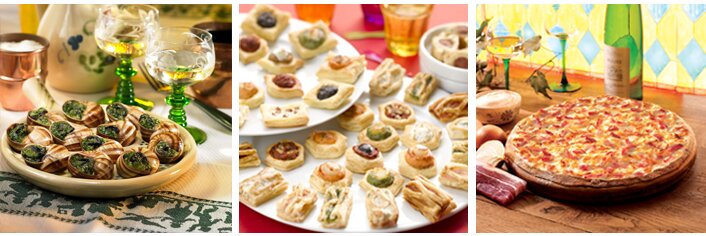
h
After watching this video, you will know everything about how to cook and savor escargots:
French people usually eat escargot for Christmas dinner as a starter. They put the escargot on a special plates (called caquelon) with indentations to hold the shells when serving them.
Of course Escal include this plate in the packaging, and you can put it directly in the oven. However, it is important that the escargots are repositioned upwards so that the butter filling does not run out during baking. Bake the escargots in a preheated oven at 180°C for 12 to 15 minutes. They are ready when the butter begins to sizzle.
It is useful to use escargot tongs to hold the escargot. Of course, if you don’t have escargot tongs, you can take them with your fingers. With the help of a two-pronged escargot fork, you will be able to easily take the meat out of the shell. A simple pick can also be used.
The escargots can be consumed with a fresh baguette and a glass of white wine.
Back to top
Everything starts in central Europe where the escargots are wild-collected, processed, washed and graded. Then comes the preparation of the shells, after which the meat is cooked and the butter filling is prepared.
Realized in our manufactory plant in Strasbourg, the biggest French factory of this type, the escargot preparation is traditionally made by hand. The meat is carefully cooked in an aromatized broth for hours, and then the escargots are reset in their shell by hand before being stuffed, still by hand, with the butter-stuffing prepared the same day.
No artificial additives or preservatives are used in the Burgundian or Alsatian recipes.
Back to top
Escal ist the only brand that has a dozen different escargot butter recipes! Here are the main ones, from the classics to the more modern preparations :
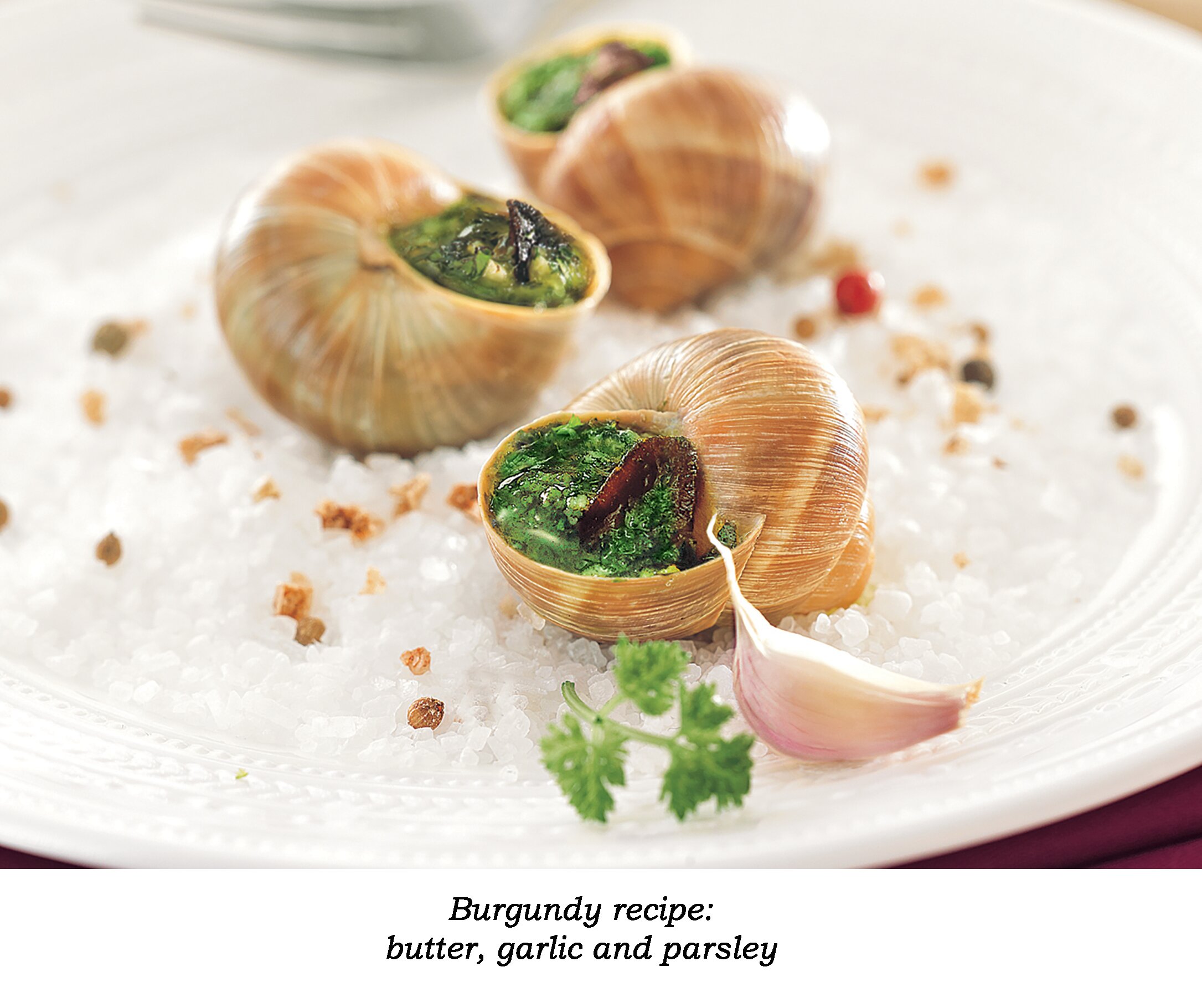
Fleuron of the French gastronomy, this recipe is the one that is consumed the most. The burgundy recipe is the subtle combination of the softness of the flesh, the sweetness of butter, the scents of parsley and the garlic aromas. The burgundy recipe has many variations depending on the quality of the ingredient: organic, with maragine instead of butter…
Back to top
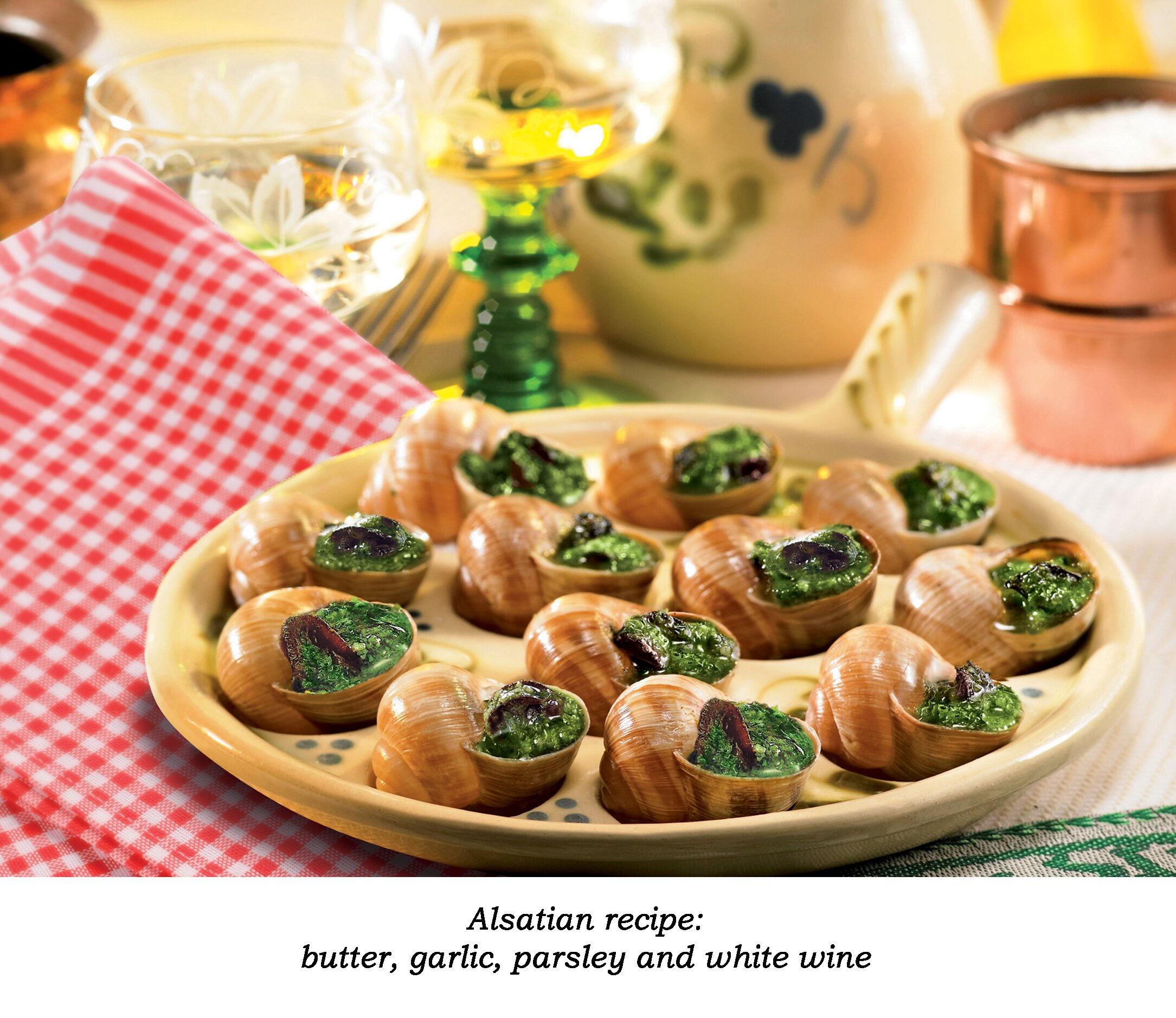
The result of Alsatian culinary heritage, the Alsatian recipe is enriched with a light white wine taste and blends with the escargots.
Back to top
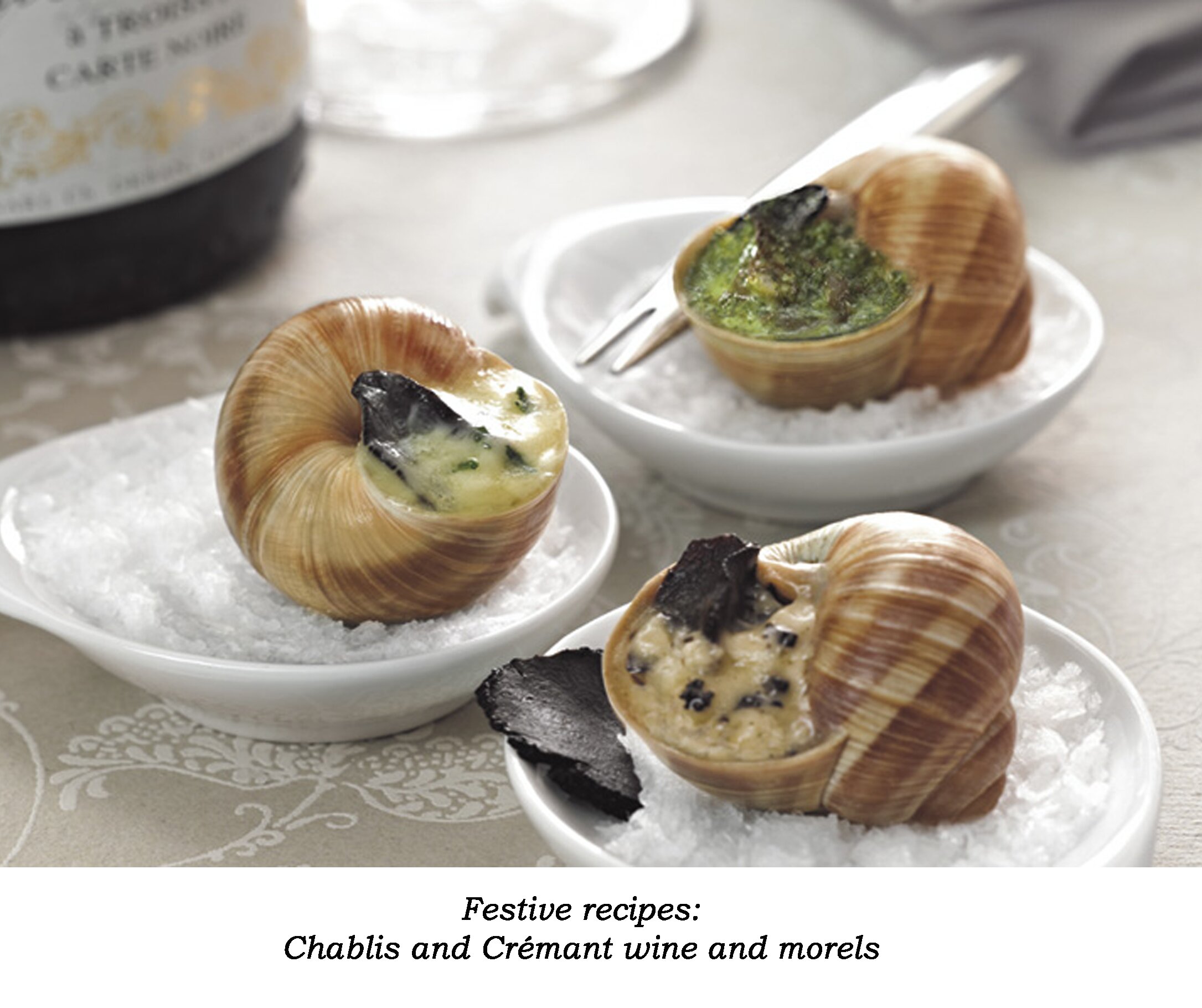
These festive recipes are very original. Accompanied by noble ingredients, they make it possible to discover new flavours.
Find our escargots product range.
Back to top
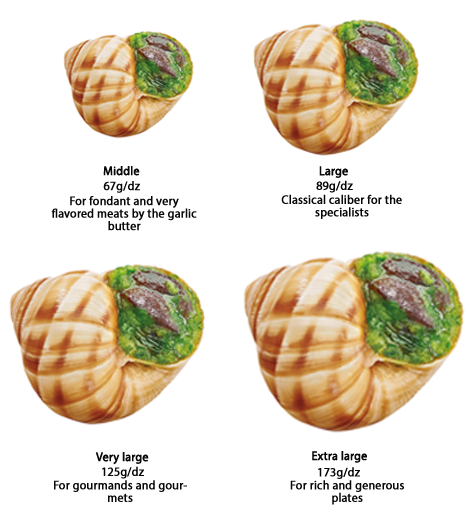
The escargots have different sizes or “caliber” for the specialists. The size depends on the net weight (without the shell, with 50% meat and 50% butter).
Why are there different escargot sizes ?
The size is due to the escargot’s age. A Helix pomatia escargot can live for 20 years. Of course, the regulations forbid us to collect the very small escargots to make this type of escargot durable.
Back to top
vvvv vv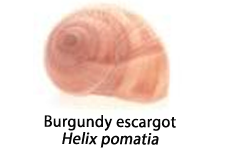
Its appellation “Burgundy” comes from the area where it was collected in past times, especially in the vineyards. Nowadays this sort comes from the wild in Central Europe.
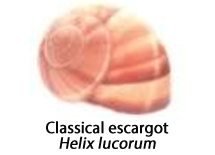
The areas where this type of escargot is collected include the north-east of the Mediterranean basin and the countries bordering on the south-west of the Black Sea. It is especially abundant in Turkey, Macedonia, and in South Bulgaria.
dfdfsdfdfsfdfds sdfdsffd fdsfdfffsddsf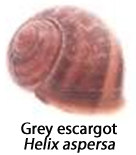
This sort lives in Mediterranean coasting areas and on the Atlantic costs of South Europe (France, Spain, Portugal). This escargot, available in small quantities, represents less than 5% of the consumption. However, it is the only sort which can be bred nowadays and wich has a constant development.
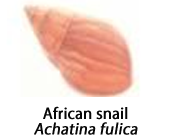
This sort lives in South East Asia, in French territories in the Pacific Ocean and in Africa. It is collected all year long cause it does not hibernate.

There are different variations: cooked puffs, shells, blini-like bases, and more. For all these creations, everything happens in Strasbourg.
The different bases arrive already prepared to garnish. The filling of the appetizers (e.g. with snail meat) takes place directly in Strasbourg, where the production of the snails is also carried out.
Some raw materials are MSC-certified for example stuffed shellfish, others are organic-certified, such as mini-vol au vents with escargots.
There are about twenty references of this type which are more valued than the appetizers on raw dough, because of the raw materials which are of higher quality and are handmade.
Product quality is guaranteed on our production sites. This is thanks in part to the IFS certification, which corresponds to the highest quality standard for the food industry. It’s also thanks to thorough controls upon receipt of all the ingredients, post-production analyzes, and release tastings of all productions.
Back to top

Everything starts with the puff pastry’s preparation. It starts each morning with the making traditional puff pastry by our bakers. It is made on the spot with carefully chosen ingredients. For example, the flour comes from the “Grands Moulins de Strasbourg” and the margarine is RSPO-certified.
All these ingredients are implemented through authentic know-how and a semi-artisanal production in our Brumath unit, in Alsace.
Then comes the preparation of the fillings. Some are made on the spot, others are already prepared by our long-standing suppliers. However, what they have in common is that they all come straight from the imagination of our R & D manager, who has a history in gastronomy. Thus, there are nearly 40 different recipes for aperitifs, not to mention the dozen of new recipes that are created each year to offer new flavors and guarantee you a successful aperitif.
The dough is then stretched on a treadmill where pastry cutters will cut the desired shape. Then, the fillings will be mechanically positioned on it, and workers will finish the process by depositing the topping by hand (olive, grated cheese for example). Finally, everything will go into a deep freezer before being packaged.
Find our French specialities product range.
Back to top
Thin tarts are an absolute French classic originating from the Alsace region. The tarte fine is traditionally served on a wooden board for sharing as an appetizer or a starter. It can also be enjoyed as a main dish with a green salad.
The preparation begins each morning when our baker makes the dough. It is made on the spot with carefully selected ingredients. Escal takes particular care to choose the best ingredients and to supply itself with products from mainly regional producers. The flour comes from the “Grands Moulins de Strasbourg”. Water and yeast are added to make the dough of the thin tart. The dough is left to rest and then stretched on a conveyor. The thin tarts are cut with pastry cutters which guarantee a constant diameter.
As the thin tarts make their way along the treadmill, the cream is mechanically daubed uniformly.
Finally, the fillings are deposited manually which can explain slight differences between two tarts of the same recipe, but which make each tart unique.
The employee also has a little secret when it comes to putting the right amount of filling. She calibers her handle with a balance at the beginning of the production, in order to have a constant weight of filling.
We currently offer 5 recipes of thin tarts. But thanks to our manual handcrafting the possibilities of recipes are endless.
Find our thin tarts product range.
Back to top
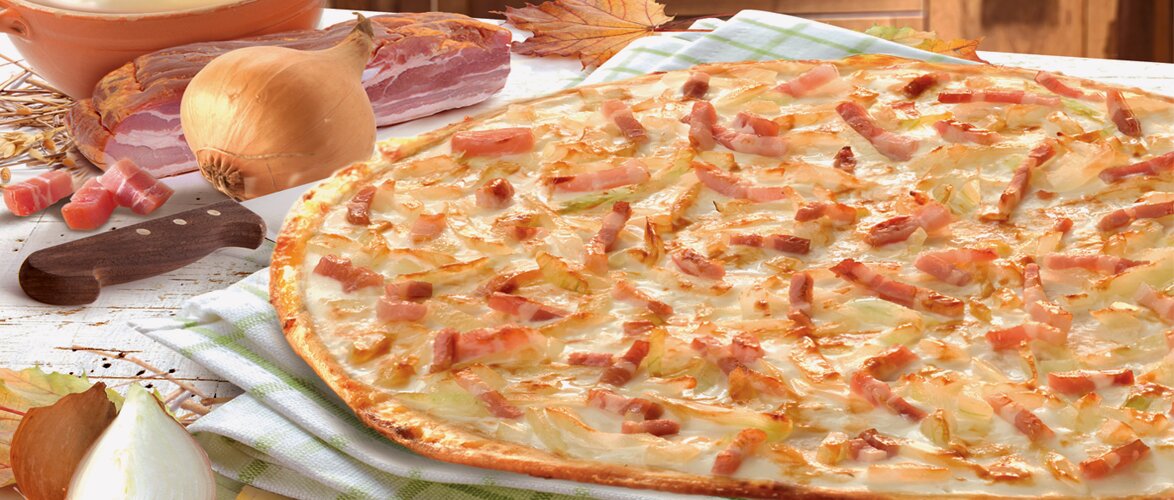
You are looking for something?